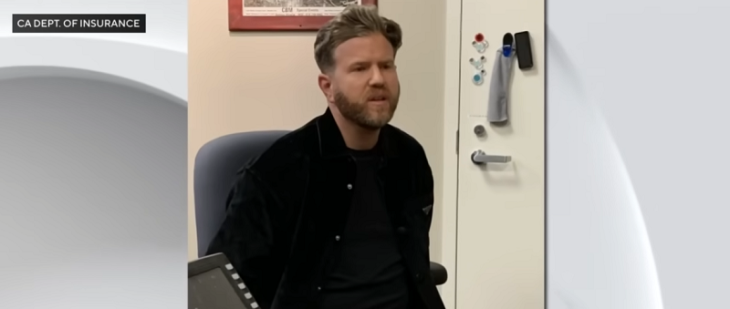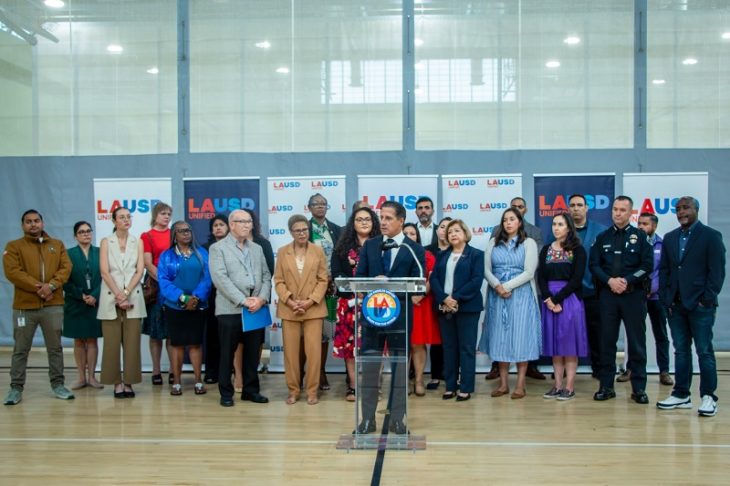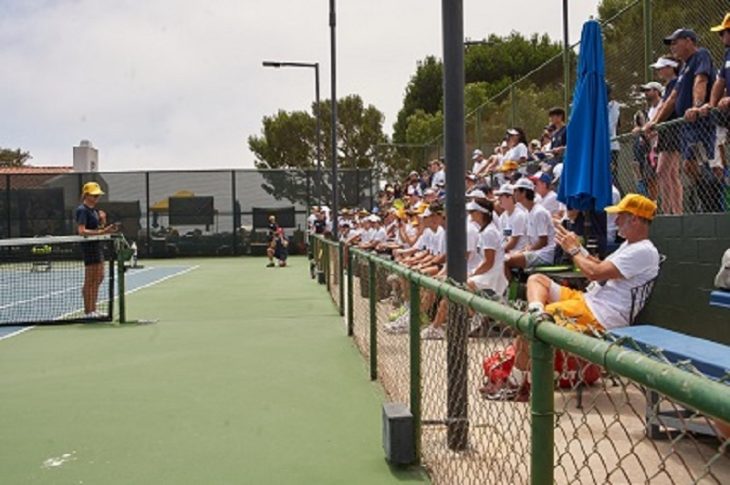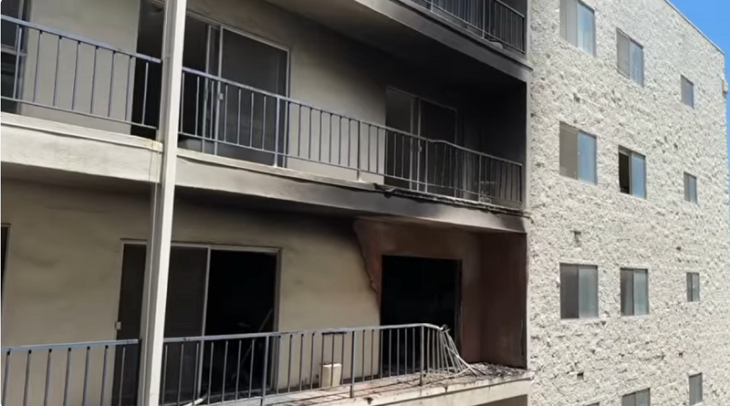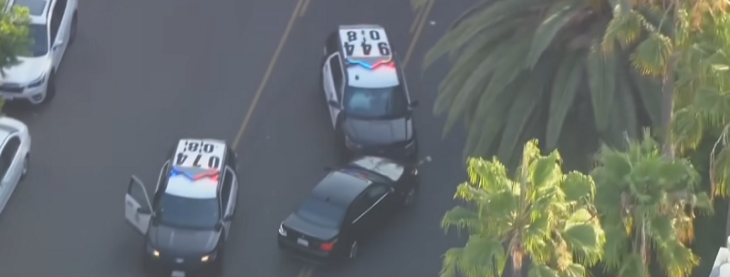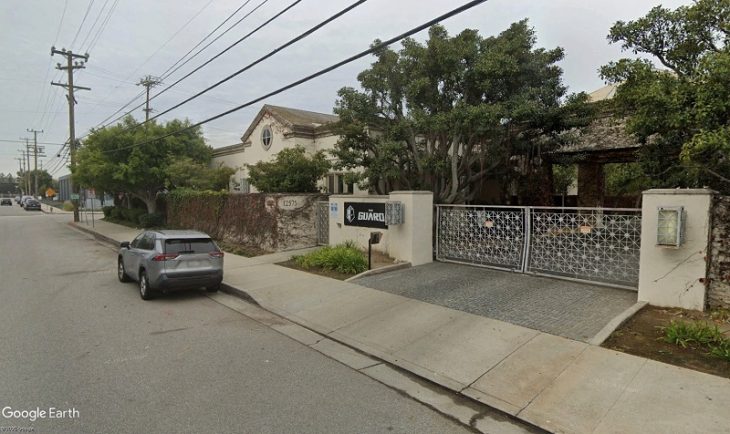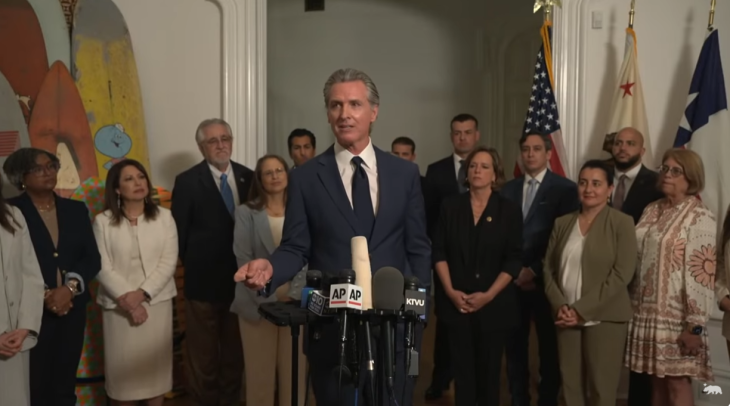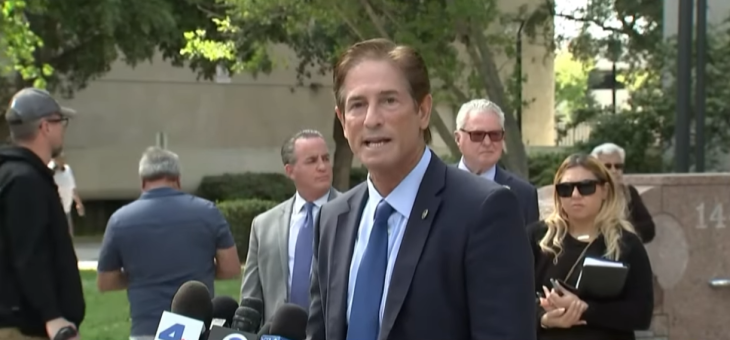By Sebastian Lopez and Jennifer Eden
 With the majority attention in the upcoming City of Santa Monica elections and ballot measures focused on Measures LV and V, Measures GSH and GS have sailed through discussions and forums relatively untouched, and largely undebated.
With the majority attention in the upcoming City of Santa Monica elections and ballot measures focused on Measures LV and V, Measures GSH and GS have sailed through discussions and forums relatively untouched, and largely undebated.
Through Measure GSH, the Santa Monica City Council has proposed to enact a one-half percent increase on the transaction and use tax, which the City originally adopted in 2013, as permitted by law. It is estimated that the tax increase would raise approximately $16 million annually.
According to the measure, this tax would be applied to the sale of tangible personal property sold at retail, such as electronics, clothing and automobiles. Transactions and use taxes will be placed into the City’s General Fund for general municipal purposes such as police, fire, libraries and recreation, among others.
Exemptions from this tax include food, utilities, services, medicine and medical services, rent, mortgage payments, insurance, plants, newspapers and periodicals, and used clothing and other items sold by non-profit thrift stores. If approved, the tax will be administered by the State Board of Equalizations and will then be transmitted to the City.
“The State took away the $15 million the City previously spent each year on affordable housing,” Santa Monica City Councilmember Sue Himmelrich explained to The Mirror. “While the Council restored half from existing local funds, we need GS and GSH to restore the other half. We then can reliably fund a local rent assistance program to help keep in their rent-controlled homes the more than 4,000 extremely low income Santa Monica renters – mostly seniors surviving on social security of just $1,100 per month – who pay more than half their meagre income for rent. We also can provide additional deed-restricted affordable apartments for those lower income Santa Monicans who are displaced from their homes, and ensure that low income families remain a part of our community.”
If approved, Measure GSH would increase the Santa Monica transactions and use tax from one half cent for every $1 of taxable sales to 1 cent of every $1 of taxable sales. Currently, the taxes from the transaction and use tax are split; 50 percent of transactions and use tax proceeds are transferred to the Santa Monica Malibu Unified School District for school, educational, and after-school programs, and the remaining 50 percent of funds are used for general municipal purposes.
“State funding for our public schools also is inadequate,” Councilmember Himmelrich added, “with California ranked a shocking 44th out of 50 in per pupil funding. While prior City efforts have helped, Santa Monica schools still rank in the bottom third in the nation in per pupil expenditures. Our dedicated educators – backed by the parent community – have done wonders with what they have, but they need the additional funding from GS and GSH to maintain and improve school facilities and programs.”
Measure GS is an advisory measure that asks voters to express their preference on how the additional revenue should be used if voters approve measure GSH. Specifically, whether their preference is for half of the revenue made by the transaction and use tax to continue to be used to improve and maintain public schools, with the remaining half going towards improving and maintaining affordable housing, protecting residents from displacement, reducing homelessness and other general municipal purposes.
Opponents of GSH fear that the measure will lead to high-density, multi-floor infrastructures will erode the quality of life and overcrowd schools in Santa Monica, claiming that projects funded by the tax will not be subject to the same checks and balances as regular development proposals in the city.
If measure GSH passes, City Council may be guided by the voters’ advisory decision, through measure GS, in deciding how to use the revenue. However, Santa Monica City Council will not be legally bound to the decision of the vote on the advisory measure. Measure GSH ultimately places the revenue at the discretion of City Council, which can choose to use that revenue for any lawful city purpose.
“The City does not like to use their money to pay for programs,” Donald Gray, former Chair, and member, of the Pico Neighborhood Association said. “Every time there is something they want to fund, they pass a tax measure so residents have to pay for it when the city budget it huge.”
Opponents of the measure argue that millions will pour into the general fund as a result of the measure, but instead of being used on education and municipal purposes, believe it will be given to developers to build large projects all over Santa Monica with no public review.
“There is no guarantee or assurance that they have to do what we ask them to,” Gray said. “We have no say over that and it’s a 100 percent increase in the local tax, which puts us at the highest point that state law allows.”
Purchasing at local business will be directly affected by the Measures. At time of print, the Santa Monica Chamber of Commerce told The Mirror that they are not taking a stance on the measures.
Proponents for the measures agree that businesses and visitors will carry much of the burden, but that the city can handle it.
“Santa Monica has a thriving economy,” Councilmember Himmelrich replied. “Business leaders appreciate that maintaining an economically diverse community with great public schools is part of what makes Santa Monica such a wonderful place to live, work and to do business.”

